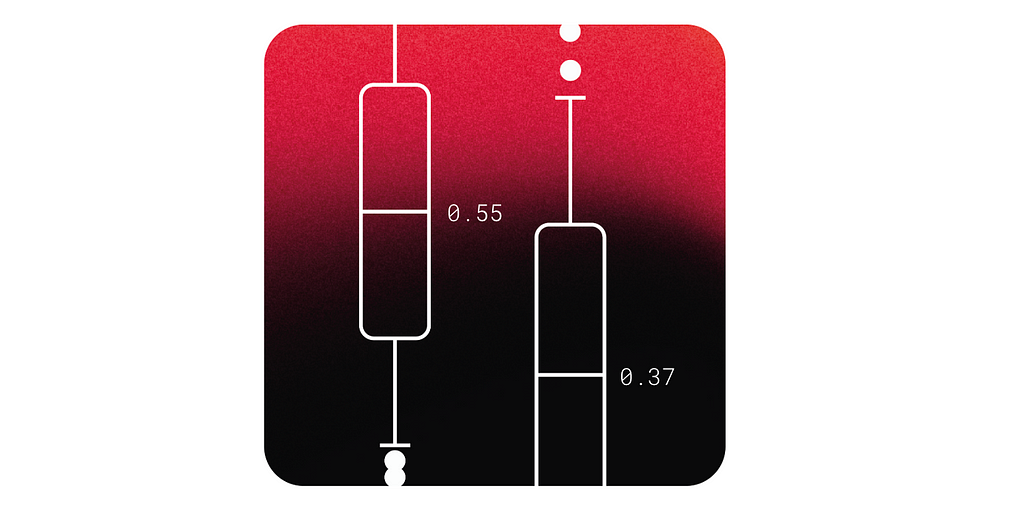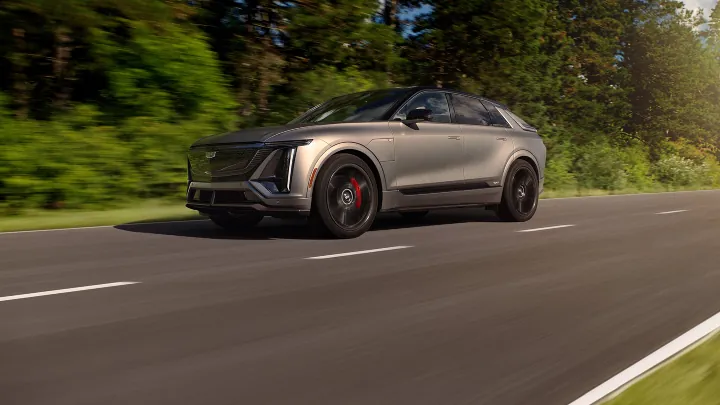Stuff We Use: WD-40 and PB Blaster
On our never-ending quest to improve this place by listening to feedback from the B&B, we are taking a new tack with these product posts, choosing instead to focus on items we use and have purchased with our own meagre income. After all, if we’re giving you the truth about cars, we ought to give you the truth about car accessories. Saying our writers and readers tend to turn a few wrenches on terrible old hoopties is an understatement on the level of suggesting temperatures across this country have only gotten a bit nippy this past week. In other words, we (and you) have probably cursed out a stubborn fastener or three already this year – and it’s not even the end of January.


On our never-ending quest to improve this place by listening to feedback from the B&B, we are taking a new tack with these product posts, choosing instead to focus on items we use and have purchased with our own meagre income. After all, if we’re giving you the truth about cars, we ought to give you the truth about car accessories.
Saying our writers and readers tend to turn a few wrenches on terrible old hoopties is an understatement on the level of suggesting temperatures across this country have only gotten a bit nippy this past week. In other words, we (and you) have probably cursed out a stubborn fastener or three already this year – and it’s not even the end of January.
Thanks to a generation of constant advertising followed by another generation of anecdotal usage absorbed through working alongside friends or family, WD-40 is one of those ubiquitous products found in just about every single garage and shop around the nation. And probably a few households which don’t even have a workspace. Quick surveys of my own residence and neighbors to either side of me revealed no fewer than five cans of the stuff, all with varying levels of liquid remaining. It’s one of the first things most people reach for when encountering (and then trying to quell) a sticky fastener or squeaky door hinge.

Fun fact: the ‘40’ in WD-40 isn’t a random number. According to company lore, the Rocket Chemical Company set out to create a line of rust-prevention solvents and degreasers for use in the aerospace industry. With all three employees working in a small lab on the West Coast, they needed 40 attempts to suss out a water displacing formula with which they were satisfied. There’s a moral about ‘not giving up’ in there, somewhere.
Back then, WD-40 was used in roles such as protecting the outer skin of the Atlas Missile from corrosion and rust, eventually being put into aerosol cans and marketed to Joe Public. Somewhere along the way, its massive popularity and well-earned positive reputation caused more than a few misconceptions about its intended use, with wide swaths of people thinking the stuff was best for freeing stuck bolts instead of as a water displacement tool intended to stubbornly ward off rust or allow a fastener to spin freely on threads.
In short, regular WD-40 (there are variants now) wasn’t originally designed to penetrate through rust and unseize metal fasteners which have been under the assault of road grime for a decade or more. It does a great job of its intended purpose – which isn’t what a lot of users think it is only to get frustrated when they don’t get the desired results of bolts magically coming loose and ratchets spinning freely.

That’s where a product like PB Blaster can help. This stuff has been around for nearly (or by some estimates, equally) so long as WD-40 but isn’t as widely known by those not up to their elbows in mechanic’s work on a daily basis. Invented by a man in Cleveland trying to maintain and repair corroded equipment being used in a phosphate mine, the original-formula PB Blaster is sold as an aerosol festooned with what can only be described as manic packaging. Seriously, try and count the number of different fonts and colors on the can. It’s even more fun in Canada where everything has to be printed in both official languages. Packaging aside, the product goes to town on rusted or seized parts, creeping under the plates and layers of rust to help bust items apart instead of sitting atop whatever it has been sprayed upon.
The difference was on full display a couple of months ago when your writer was trying to replace the front suspension spindles on a 12-year-old Hyundai Elantra, one which spent the entirety of its life on salty Canadian roads. The lower ball joint refused to separate for love nor money and my jaundiced brain immediately reached for the WD-40. Even after an overnight soaking, nothing changed. Realizing my mistake, a hit of PB Blaster did the trick, again after being left to work whilst I slumbered. This is hardly a scientific test, since one product may have helped the other, but applying only PB Blaster to the spindle on the other side of the car worked tremendously.

And there will be some in the comments who will pooh-pooh all this for a can of Liquid Wrench or similar, and they could be right, but we just wanted to write about first-hand experiences with gear we’ve used. This post hasn’t been sponsored by WD-40 or PB Blaster in any manner, by the way; it just happened to be what yer author used on a recent repair.
As planned, this series of posts will continue to focus on items we actually use or have bought with our own money. We hope you found this one helpful.
[Images: WD-40, PB Blaster, author]
Become a TTAC insider. Get the latest news, features, TTAC takes, and everything else that gets to the truth about cars first by subscribing to our newsletter.
What's Your Reaction?


















































